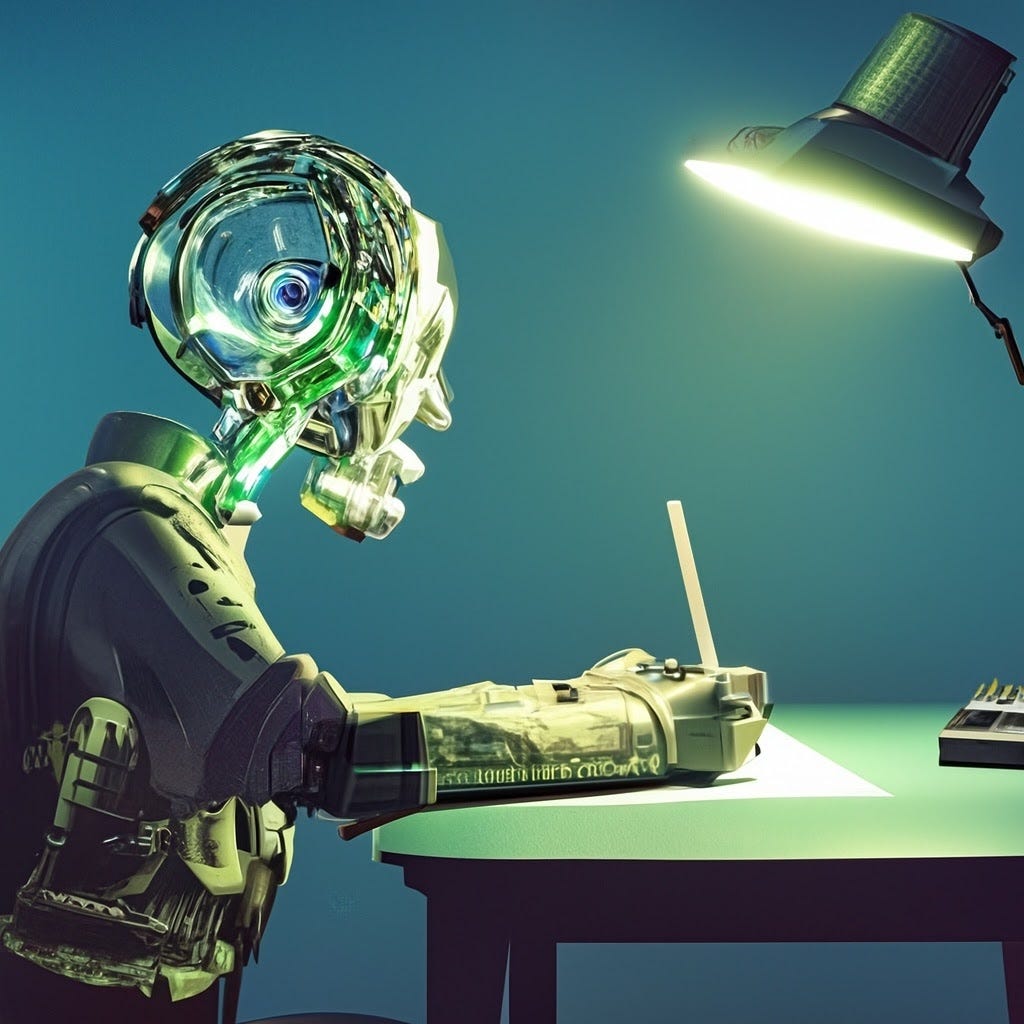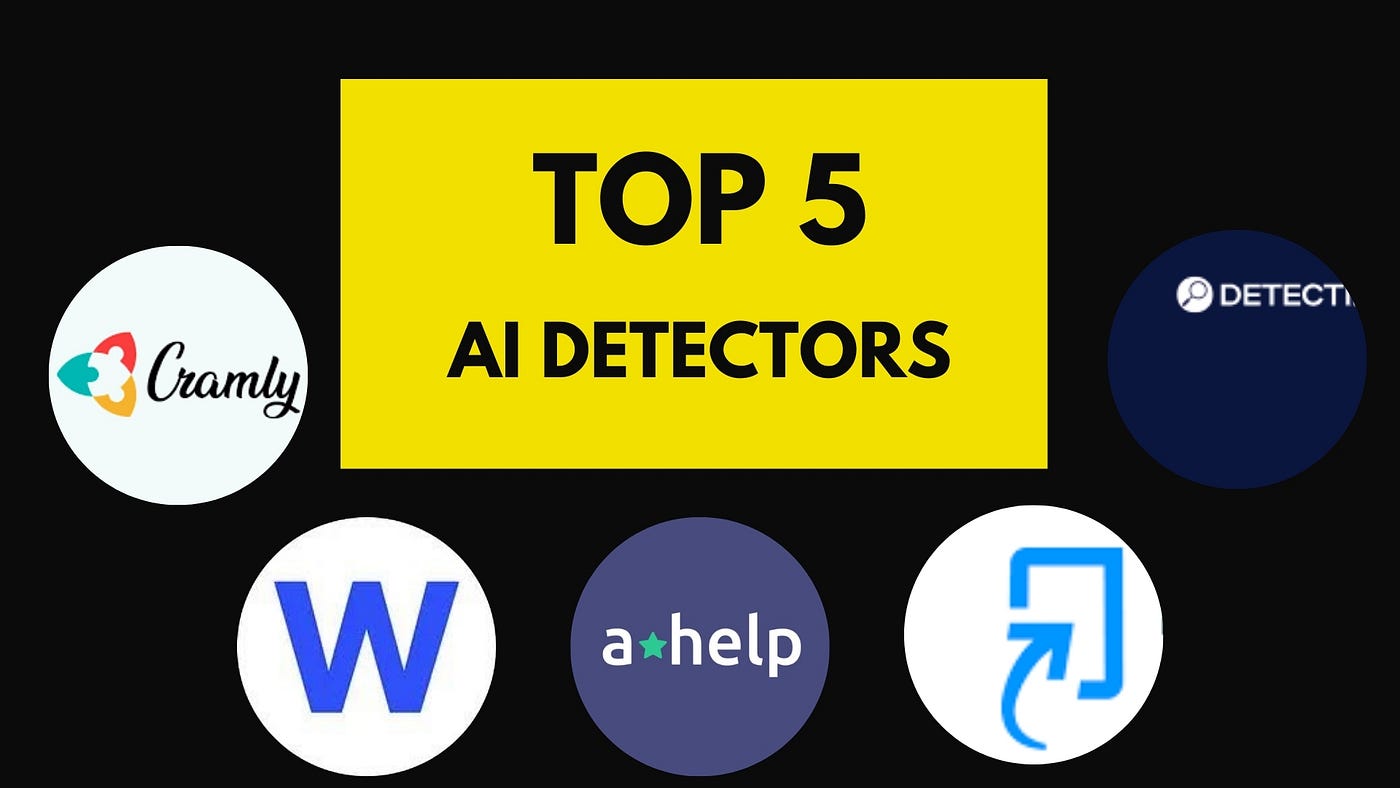Recognizing the Importance of an Ai Detector in Today's Digital Landscape
As expert system proceeds to penetrate various facets of material creation, comparing human-generated and machine-generated product has come to be progressively intricate. This progressing landscape offers considerable challenges associated with authenticity and reliability, requiring the development of AI discovery devices. These instruments not just aid in recognizing AI-produced content yet also copyright the stability of details dissemination. Recognizing their role ends up being crucial as we browse a future where the integrity of media is under constant examination. What effects might this have for customers and developers alike?
The Surge of AI Content

The increase of AI-generated material has considerable implications for various sectors, consisting of journalism, marketing, and amusement - ai detector. Organizations are progressively using these technologies to improve efficiency, personalize content, and engage audiences better. The capacity to examine substantial datasets permits AI systems to tailor web content to fulfill certain user preferences, offering a much more personalized experience
Nonetheless, the spreading of AI content also raises essential considerations for content creators and consumers alike. As AI ends up being a lot more integrated into content production workflows, understanding the nuances of AI-generated material is important for maintaining quality and significance in a swiftly developing electronic setting. Embracing this technical innovation while remaining attentive concerning its implications is vital for stakeholders in the electronic media landscape.
Challenges of Authenticity
The appearance of AI-generated content has presented substantial challenges concerning credibility in electronic media. As formulas become a lot more innovative, differentiating in between machine-generated and human-created content ends up being progressively hard. This obscuring of lines raises issues regarding the credibility of info and the capacity for false information to multiply.
Among the key challenges is the erosion of trust amongst customers. With AI efficient in producing sensible message, pictures, and video clips, people might discover it challenging to recognize real resources from deceitful ones. This suspicion can bring about a more comprehensive skepticism of all electronic web content, complicating initiatives to determine credible info.
Additionally, the effects for copyright are considerable. As AI tools generate web content based upon existing works, inquiries pertaining to ownership and originality arise. Content creators may struggle to safeguard their work from anonymous AI reproductions, undermining their source of incomes and legal rights.
Lastly, the possibility for malicious usages of AI-generated material, such as deepfakes and automated publicity, positions significant honest and societal dangers. These challenges emphasize the urgent demand for frameworks that copyright credibility in the digital landscape, making sure that information continues to be trusted and credible.
Function of AI Detectors
Dealing with the obstacles of authenticity in digital media calls for innovative remedies, and AI detectors have arised as a crucial device in this initiative. These technologies are made to examine and recognize content produced by artificial intelligence, consequently promoting the discernment between machine-generated and human-created materials. The duty of AI detectors extends beyond simple recognition; they additionally add to preserving the stability of details eaten by the public.
AI detectors utilize advanced formulas to look at numerous components of digital content, consisting of etymological patterns, architectural abnormalities, and details pens that suggest automation. Their application spans multiple markets, Visit Your URL consisting of journalism, education, and social networks, where the existence of AI-generated material can cause false information and erosion of count on.

Advantages of Using AI Detectors
Guaranteeing authenticity in electronic content embodies the basic requirement for count on details resources, and AI detectors act as a powerful ally in this search. By identifying AI-generated web content, these devices assist maintain the honesty of info, thus protecting customers from false information and improving general content quality.
One of the key advantages of utilizing AI detectors is their ability to simplify material confirmation procedures, dramatically lowering the time and effort required to evaluate the authenticity of electronic materials. This efficiency enables material creators, educators, and businesses to concentrate on creating reputable and high-grade information, as opposed to investing excessive resources on fact-checking.
Furthermore, AI detectors foster responsibility amongst material creators. The knowledge that AI-generated material can be determined urges openness and moral techniques in content production. This, in turn, adds to a much more educated electronic area, as users can with confidence engage with verified information.
Future of Material Confirmation
As the landscape of electronic web content proceeds to advance, the future of content verification provides both challenges and opportunities for maintaining authenticity. As AI innovations development, so also do the methods for creating and disseminating misinformation (ai detector). This arms race between material makers and verification tools requires the development of much more advanced AI detectors qualified of critical real web content from adjusted or made product

Additionally, the increase of decentralized technologies, such as blockchain, holds pledge for verifying content provenance, making certain that customers can map the origins of the info they eat. Ultimately, the future of material verification will rest on our capability to introduce in the face of advancing risks, cultivating a digital atmosphere where authenticity is acknowledged and promoted as a fundamental concept.
Verdict
In conclusion, the proliferation of AI-generated content necessitates robust mechanisms for authenticity verification. The future of content verification pivots on the performance of AI detectors in maintaining reliability across different media platforms.
AI content creation tools, such as natural language processing models and generative adversarial networks, enable people and organizations to generate high-grade web content at extraordinary speeds and lower costs.
Nonetheless, the spreading of AI material likewise increases important considerations for content makers and customers alike. As the refinement of AI-generated try this web-site web content continues to develop, the role of AI detectors becomes increasingly important in safeguarding authenticity and advertising openness in digital communication. The expertise that AI-generated material can be determined urges openness and ethical practices in material production.As the landscape of electronic content continues to evolve, the future of web content confirmation challenges both offers and chances for preserving credibility.